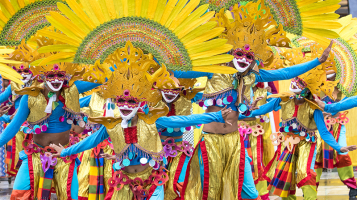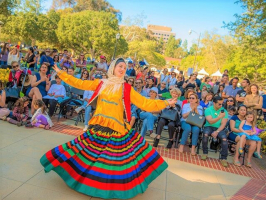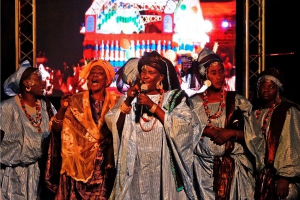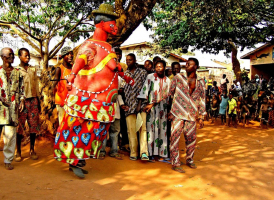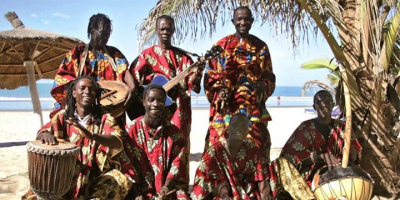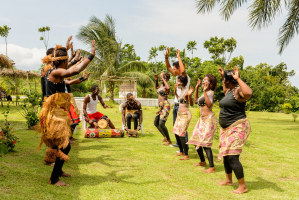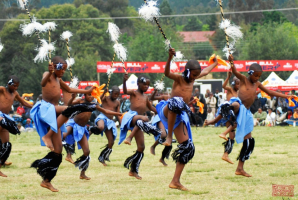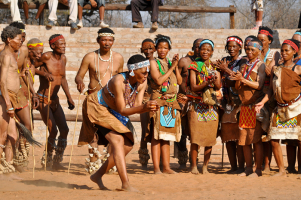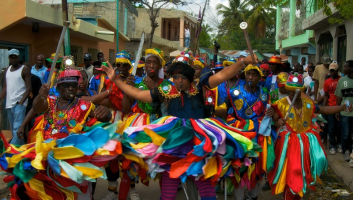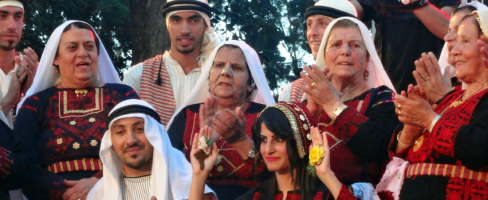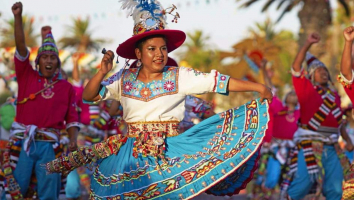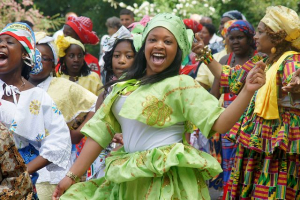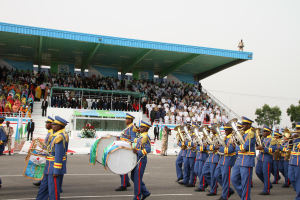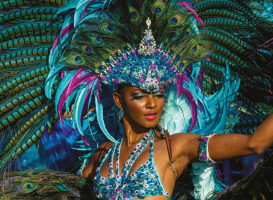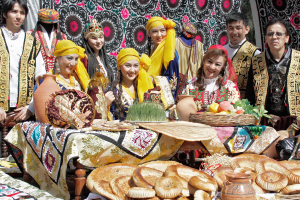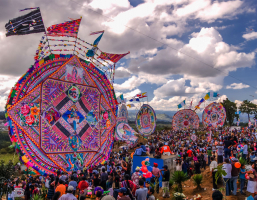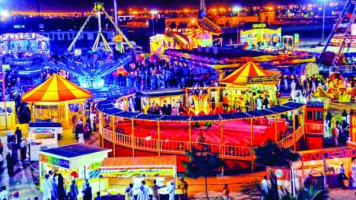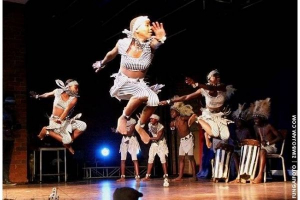Top 7 Most Famous Festivals In Bhutan
Bhutanese festivals are noted for their richness, brightness, and joy. The country's ancient expressions of Buddhist culture and epic conquests are re-enacted ... read more...and celebrated with such pomp and show that visitors and tourists worldwide come to see them. Let's explore deeper the 7 most famous festivals in Bhutan!
-
The Thimphu Tshechu Festival, also known as the National Festival of Bhutan, is the largest and most famous festival in Bhutan. Since the 19th century, the celebration has been a part of their culture. This five-day celebration takes place in Thimphu, Bhutan's capital. Thousands of people, both locals and visitors, come to watch and enjoy the Tshechu. Days and nights of prayers to invoke the celestial gods precede the actual Tshechu.
In the courtyard of Tashichhodzong fortification, locals dress in traditional clothes and participate in dance and other cultural events. The classic masked dance (cham or folk dance) is one of the traditional events. It is done to bless onlookers and teach them Buddhist doctrine at Tendrel Thang (a festival site). It is thought that attending these festivities will bring you good luck. Besides, the 21 black hat dance, the dance of angry deities, the dance of the cremation ground, and other popular dances are the highlights of this festival.
Location: Tendrel Thang
Date: September/ October
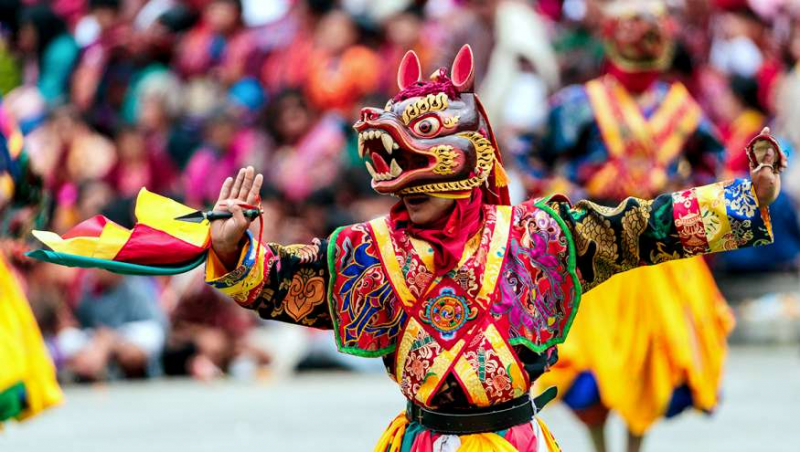
Photo: Son Holidays 
Photo: On The Go Tours -
Jambay Lhakhang Drup Festival is celebrated in Bumthang's Jambay Lhakhang Temple. It is one of the 108 temples built in a single day by Tibetan King Songsten Gampo in the 7th century. Mask dances, known as chams in the native language, are a highlight of the celebration. The Mewang fire ceremony, in which locals rush beneath a flaming gate made of dry grasses, is the festival's most famous event. Meanwhile, the 'Dance of Treasure' – Tercham, where masked dancers and monks perform naked, is the event's climax. This portion of the celebrations takes place in the dead of night. People believe that this dance will bless infertile women to bear children.
Both of these events take place at night on the full moon day. It is thought that passing through the Fire Offering, which is shaped like an arch, will burn away all barriers. Terton Dorji Lingpa initiated the nude dance to reflect the primal wisdom of awareness and emptiness. Simply viewing the naked dance is supposed to give you the confidence to overcome your fears and anxieties.
Location: Bumthang
Date: October/ November
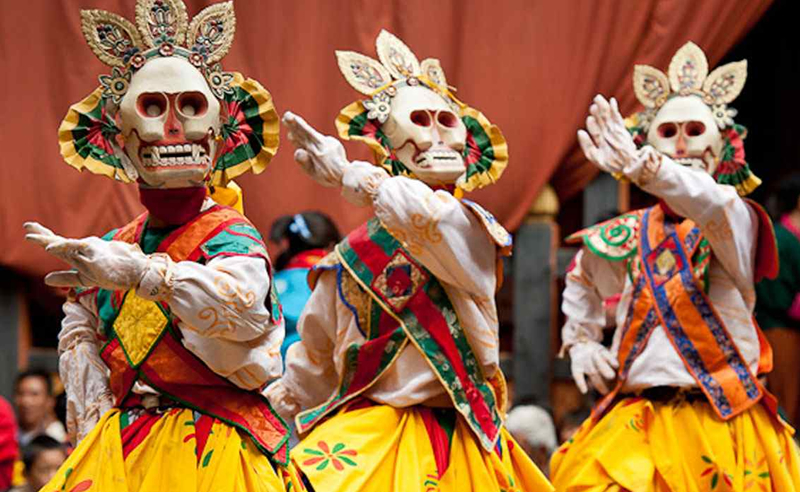
Photo: Bhutan Tour Packages 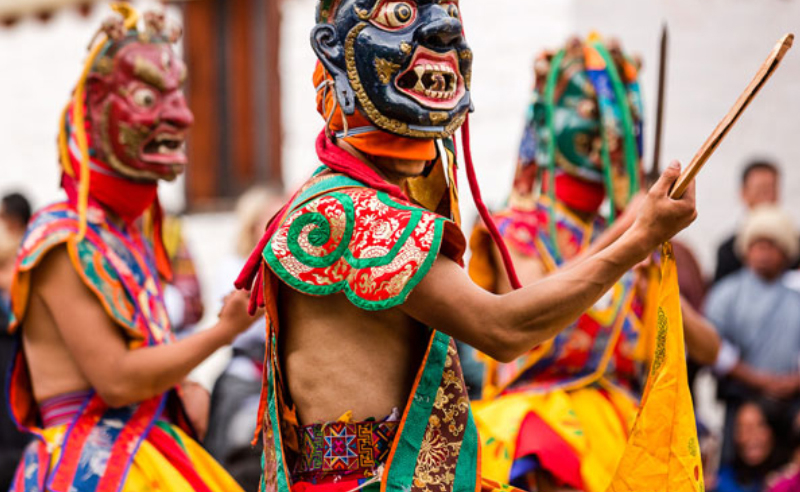
Photo: Bhutan Tour Packages -
The Punakha Tshechu, held in Punakha Dzong, is the most unique Tshechus in the country. This is one of the famous festivals in Bhutan. This event is taken place just after the well-known Punakha Drubchen. The Punakha Tshechu was established in 2005 in response to the Punakha District Administration's desire to hold a ceremony to preserve Buddhist teachings. The festival's major feature is the unfolding of Guru Rinpoche's thongdrol (huge tapestry). An observer is said to be liberated and cleansed of his sins only by seeing the thongdrol. The festival lasts for more than five days.
This celebration is about recreating key pivotal incidents and moments from the 17th-century Tibetan Army struggle. Local military personnel dress up in full battle attire, replete with swords, and recreate and re-enact the scenes. It's to commemorate the triumph and honor the villagers who stepped out to drive the Tibetan army out of their homeland. The festival’s purpose is to express gratitude to these individuals, without whom Tibet would have been unable to conquer Bhutan. Tourists are normally not permitted to participate in this enactment.
Location: Punakha Dzong
Date: February/ March
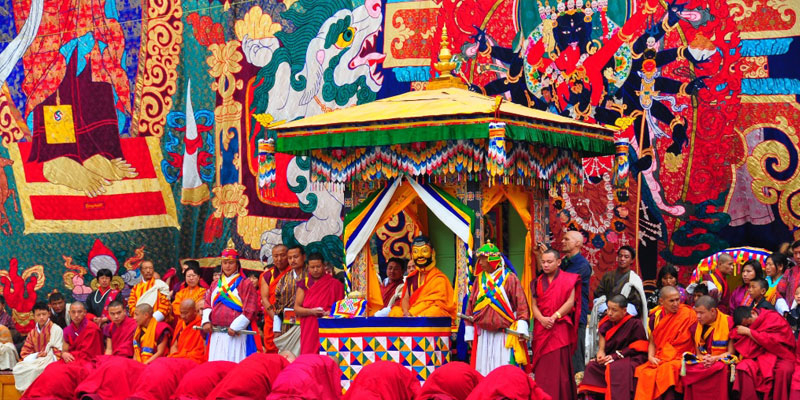
Photo: Kuzu Bhutan 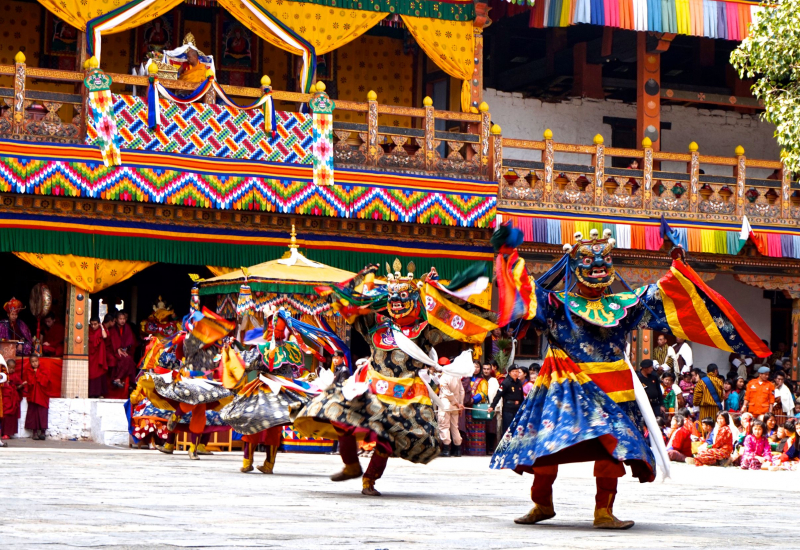
Photo: Inside Himalayas -
Paro Tshechu Festival is one of the biggest and most famous festivals in Bhutan. Monks and laypeople alike don multicolored brocade robes. They mingle, dance, enjoy themselves, and rejoice. Monks dressed in deity masks reenact and reprise situations from legends and historical anecdotes. Locals wear very colorful dresses and some wear costumes too. Masks are worn to represent demons and Gods, when they enact mythological stories of Buddhism.
The highlight of Paro Tshechu Festival, though, is when visitors receive their first view of the 350-year-old Thangkha, one of the oldest Buddhist holy scrolls. It contains historical narratives honoring Guru Rimpoche's great efforts. The friendliness and connectedness of Bhutan's Paro festivals are recognized to be among the most popular in the country. On the last day, everyone is treated to a massive thangka, or needlework painting. It is thought that watching this Throngdrel will cleanse the viewer’s sins. Not only locals but tourists from all over the world are also attracted by the uniqueness of this event.
Location: Paro Dzongkhag
Date: March
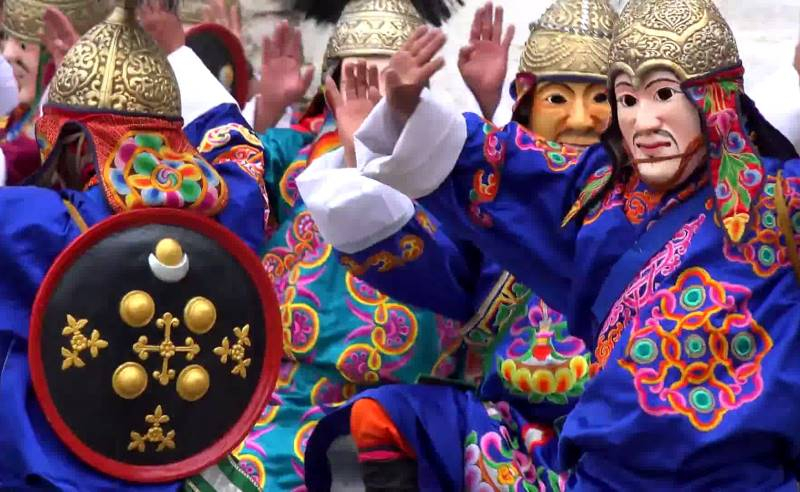
Photo: Bhutan Tour Packages 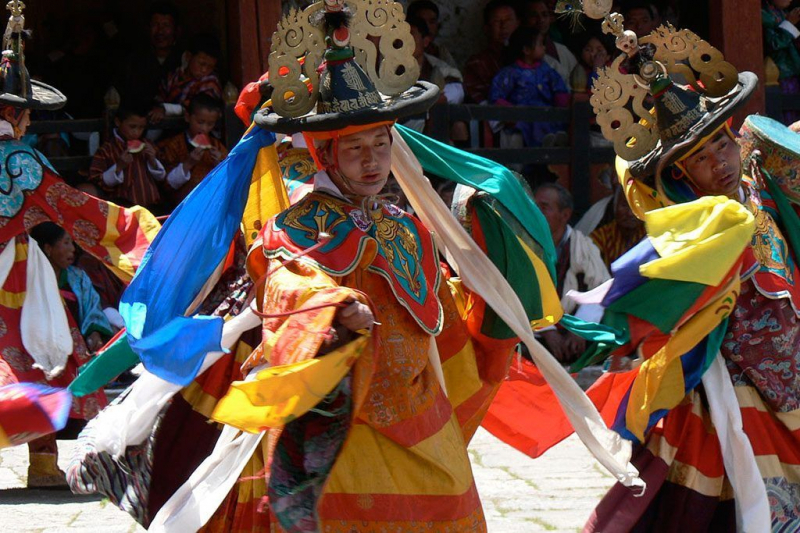
Photo: Concious Journeys -
The Wangdue Phodrang region in central Bhutan is noted for its Lozeys, or decorative speeches and songs. Wangdue Phodrang Tshechu Festival lasts for 3 days and is held annually in autumn. After the completion of the Dzong, which is a stronghold, in 1639, the yearly festival was established.
It is one such Bhutan celebration, where hundreds of locals and visitors gather to enjoy the festivities and celebrate life and merriment. The 'Dance of Ox,' in which people dance to ensure a pleasant afterlife, is also a popular attraction. The celebration concludes with the unfurling of Guru Tshengye Thongdrol, a massive scroll of diverse paintings. The entire celebration is full of pomp and circumstance, allowing visitors to learn about Bhutan's distinct culture and customs. Thousands of people dress up in traditional garb to attend the district's largest cultural event. The district's public and government offices are also closed in honor of Wangdue Phodrang's annual festival.
Location: Central Bhutan
Date: October/ November
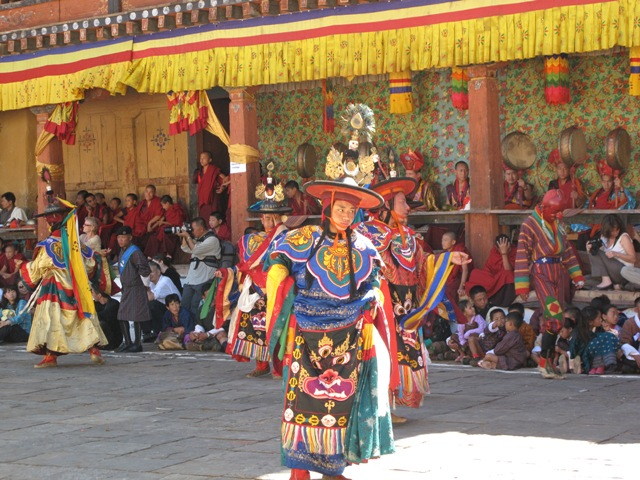
Photo: Bhutan Crane Valley Tour and Treks 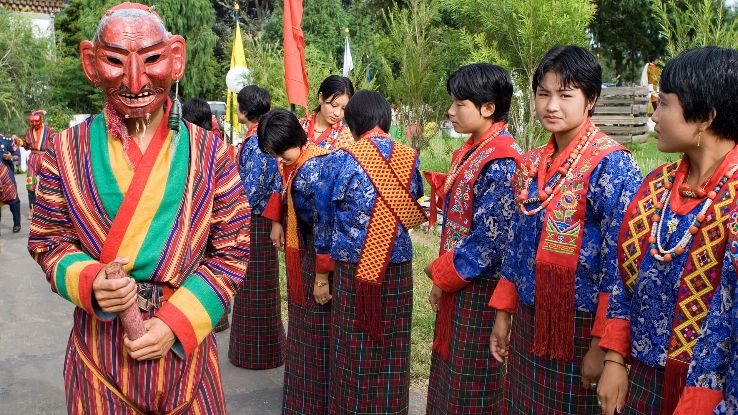
Photo: HelloTravel -
This yearly event is one of the most famous harvest festivals, and it is held by the people of Ura Valley during the mushroom season. Matsutake Festival commemorates the gathering of mushrooms in Matsutake. Locals prepare wonderful foods for the event, and tourists can get a glimpse of the people's way of life. A mushroom harvesting tour and a view of the panoramic forests are included in this festival celebration.
This Bhutan's cuisine festival draws a large number of visitors to the country. During the festival, you can sample a variety of exotic mushrooms that can only be found in Bhutan. Locals and tourists alike go around the region to pick mushrooms during this festival. This event is held in Ura Valley, and visitors are welcome to stay in local homes and learn about their traditional cooking methods, family recipes, and other activities. So if you are a foodie, don’t miss this event!
Location: Ura Valley
Date: August
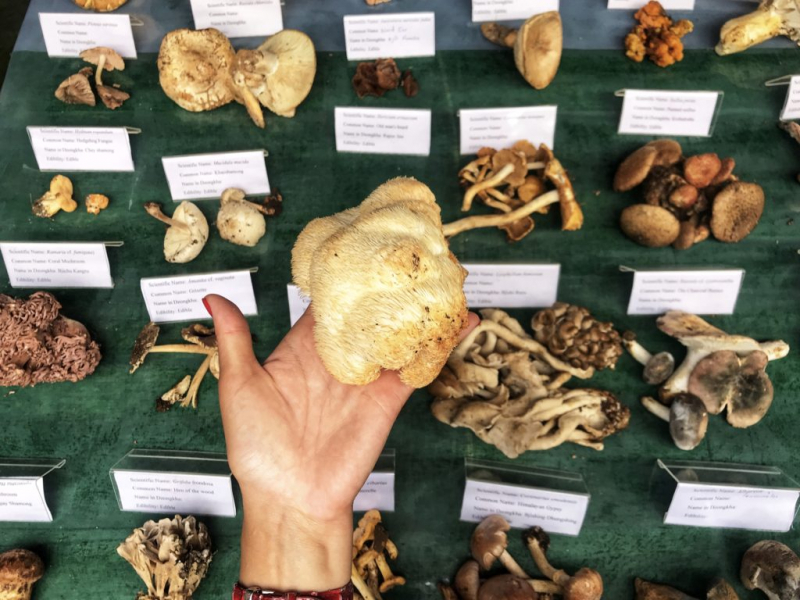
Photo: Denkars Getaway 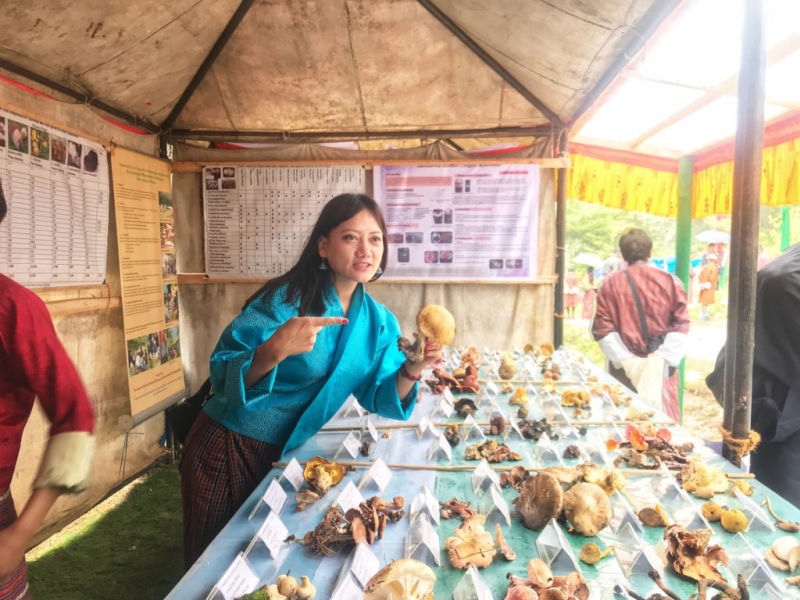
Photo: Denkars Getaway -
The Takin Festival takes place in Gasa Dzongkhag's Jigme Dorji National Park. This is one of Bhutan's most famous festivals, it allows visitors to see the country's national animal, which is an uncommon sight. Although the Takin is a rare and endangered species around the world, it thrives in the Land of the Thunder Dragon. The purpose of this celebration is to raise awareness that the Takin is an endangered species, but that Bhutan preserves and has designated parks for them.
The event provides guests with a once-in-a-lifetime opportunity to see Bhutan's national animal in its natural summer grazing pastures. It also assists nomadic tribes in earning money to enable them survive the remaining months. They set up yak hair woven tents, prepare traditional foods, and sell local goods like handcrafted crafts, yak butter, and cheese. Other activities like trekking and hot spring spas, add to the uniqueness of this celebration.
Location: Gasa Dzongkhag
Date: February
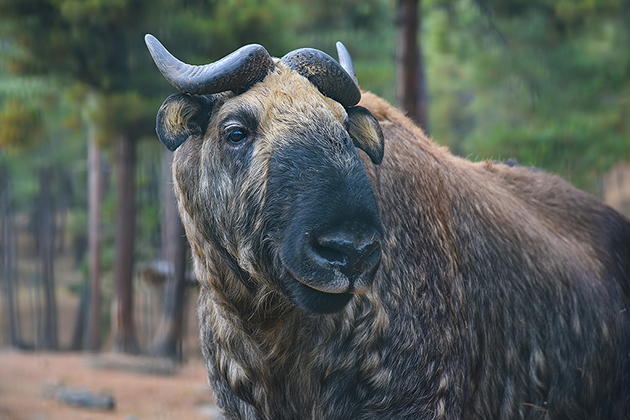
Photo: Bhutan Tour & Vacation Packages 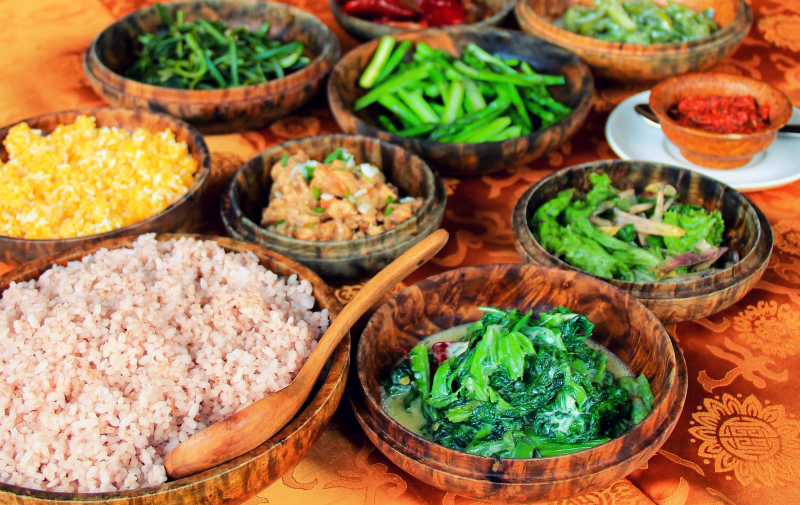
Photo: Inside Himalayas









